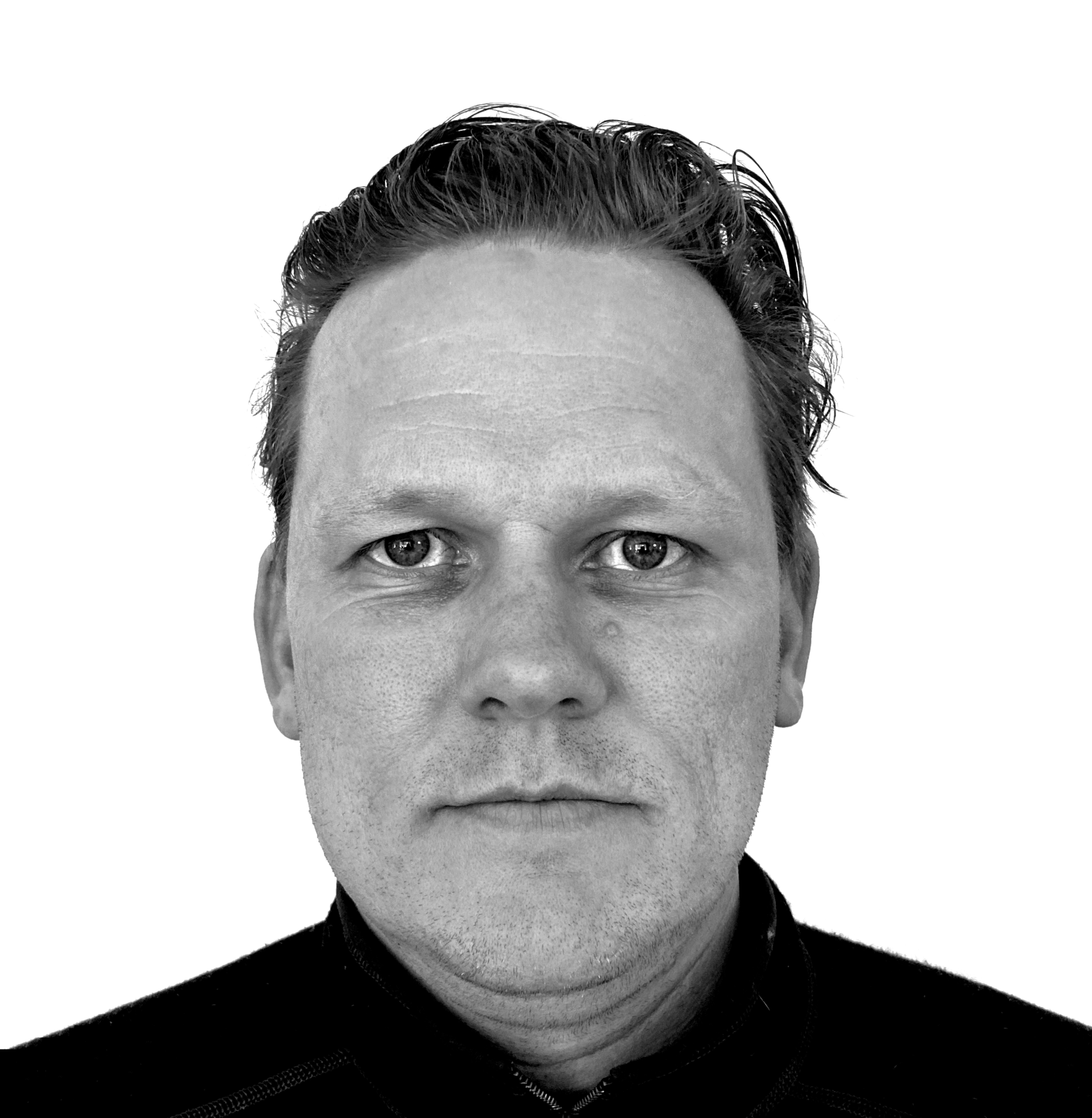Women in architecture: progress, pitfalls, and new leadership in Boston

For Women's History Month in March, we sat down with Anda French AIA, BSA President, and reached out to some of the remarkable women who are leading Boston's top design firms.
Anda French has thought a lot about the role of women in the architectural profession. Considering her long career, it would be surprising if she hadn’t.
French is Partner at French 2D, which she founded in 2012 with her sister Jenny. Before that she worked at RMJM as a designer and at Syracuse University as an Assistant Professor of Architecture. Now, in addition to managing French 2D, she is also a visiting lecturer at MIT, as well as Princeton, her alma mater where she earned her M.Arch.
“I went to Princeton, and it was 25% women [in the architectural program]. And when asking about it there was a general sense that you’d get an answer from administration or faculty saying, ‘well, only 25% of our applicants are women—what can we do about that?’" said French. "My friends and I were having conversations, saying, if only 25% of the applicants are women, then there is a sense that this school is not the right fit, or that there are things the school is projecting that set up that situation,” said French.
Over time, more open-ended conversations involving faculty led to a palpable change in the culture at the school that French says she welcomed, along with her peers. She sees that kind of shift reflected in where the profession at large is now.
“I do think, now, we’re kind of shifting the conversation to asking ... when things like licensure and promotion are most important, whether we’re overly focused on these things over how one’s biological life is important to one’s wellness. [Then] whether or not one wants to start a family, for instance, becomes a sticking point,” French said. “I think now we’re at a point where we can either throw up our hands and say ‘well, that’s just biology, there’s nothing we can do about it.’ Or we could say, do you really have to make a certain position by the age of 35? And if I leave the workforce for a certain amount of time, does that really mean that I’m behind—or do we have to change the lens?”
There’s still a long way to go. As of 2020, only 17 percent of registered architects were women, according to the AIA. In a profession originally designed with male architects at the forefront that is also notorious for its compulsive work culture, it hasn’t been easy for women to gain ground. So, what are some of the challenges women in the profession continue to face?
French takes a moment to think. It’s not the first time she’s been asked this question. “The answer, the sort of constant answer that I’ve been saying since I finished undergrad, at least, is that essentially you have a workplace and a profession that was very much designed not for women, around a very particular traditional kind of household setup. The hours that are there make it so the work-life balance becomes impossible—this is what I usually say.”
And now?
“Increasingly, I have an even more specific set of answers that have more to do with the ways in which we understand and build up humanity around the things we do in this profession,” she said. “So much of that—it’s not that it’s completely gendered, but ... I think the challenge is when you’re looking at gender equality, gender equity, is making sure that we understand that the whole profession has to be redesigned, and it’s not just for women-identifying people, it’s for everyone.”
It’s safe to say that architects have never been applauded for their dedication to maintaining a healthy work-life balance, but French, who makes sure that French 2D closes up shop between 5 and 6 every workday, thinks that radically reimagining how we work and live is necessary. When asked about some of the hurdles she’s faced, she has two answers. “First, being able to imagine myself into the profession of architecture, in the way I wanted it to be, instead of having to fit myself into the way that it was.”
Confronting that challenge led her to a significant opportunity—founding French 2D.
“Along with my sister Jenny, we started our company pretty early in our careers because we needed to just make it up as we went along—we needed to invent that practice that would fit in to the way we wanted to work,” French said.

The second hurdle is something she’s still working on overcoming to this day. “Designing the life you want— balancing home life, social life, cultural life... letting that be a thing that helps you makes decisions and sculpt your work, is a major hurdle that me and my sister are still working on.”
Taken by itself, this is no easy task, to say nothing of how it can be done in a world wracked by a pandemic. To envision what the architectural profession can become and how the lives of those working within it can change, French thinks back to the past. Cognizant of the fact that feminist activists both in and outside the profession have long been crafting theories, drawing attention to issues of equity, and working towards change, French takes inspiration from these individuals and the academic and philosophical traditions to which they belong. She singles out The Grand Domestic Revolution, the book about feminist design written in 1981 by Dolores Hayden and still taught today, and the work of activist and author bell hooks, which she says “applies so much to human interaction, and love, and living, and care.”
“Throughout my childhood and young adulthood, there was this sense that all of that was kind of loose thinking, or too on-the-edges, or a fringe way of thinking about humanity,” French said. “I think that recentering it and putting it back into curriculum has really helped, so when someone’s in their 20s and they’re learning these things, it becomes really natural to the way that we might imagine making spaces and understanding how people live.”
She’s not convinced that “How can we bring people in?” is the right question for firm leaders who are seeking to create opportunities for female and minority professionals to ask.
“Rather than asking how we assimilate people into this culture, the practice needs to come to the table and anticipate the change that needs to happen, ... and have conversations about what needs to happen. Malia Lazu, who was on the BSA board for several years, said it really well in one board meeting—‘In order to create a place of belonging, you have to redesign what that place is.’ You can’t just ask someone to come in and tell them to belong.”
Pay equity is also a key element. French makes sure to practice what she preaches at French 2D. “There’s a tradition of the small practice that underpays, or has interns that are there for experience or exposure, and we just don’t believe in that,” French said. “We’ve been able to bring people in at a very fair wage, and that has helped, in many ways, to open up our practice.”
BSA Board meetings give French hope for the future—”I really enjoy the number of strong women’s voices in these meetings,” she said. And she’s seen that progress outside the profession is having an impact on how architects and designers work. She recommends a book called Designing Motherhood, co-authored by Michelle Millar Fisher, Curator of Contemporary Decorative Arts at the Museum of Fine Arts, which focuses on parenthood and giving birth through a design lens. “I’m so sure that book, a decade ago, wouldn’t have the same impact, and now I’m so encouraged by the fact that so many women that I show it to say, ‘This is amazing, we need to center this kind of design,’” said French.
Vulnerability is important to French as a necessary element for collaboration and as something architects need to embrace going forward. “In the profession, we all need to work on being vulnerable, and not always having the answer, and coming to the table and asking questions. That’s not a totally gendered issue, and yet I think the influence of having more women in higher positions in the field has hopefully helped those conversations along.”
When asked for her advice for emerging female professionals, French said, “Imagine, early on, your ownership over what your future looks like—what your life will look like—and back-end the work part into it. Finding practices that have a similar ethos is hard, but ... trying to work in those places is really important ... It’s a pie-in-the-sky idea, and not everyone is going to find that perfect match. But when you first start working, collect little pieces of what you need on the way— you’re not going to collect it all at once. I often tell people: find those pieces that are important to your knowledge base and your skillset so you can build that life as you move forward.”
The women leading Boston's firms
We reached out to six of the women leading the profession in Boston and asked them what wisdom they had to share. Here's what they told us.
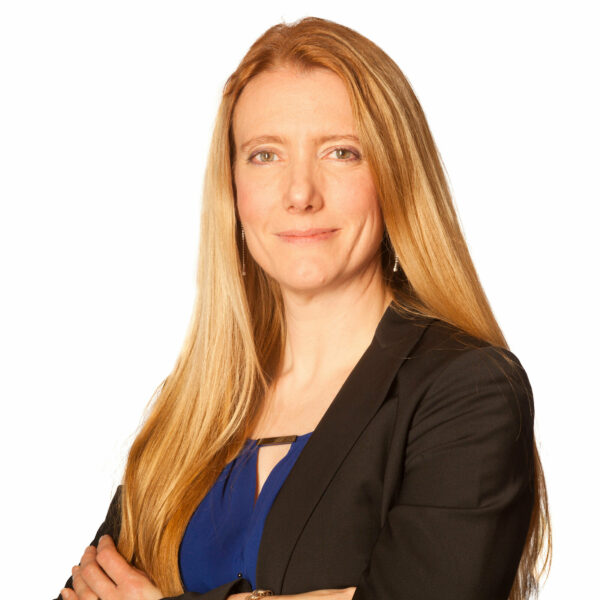
Rebecca Berry AIA
Principal, President, Finegold Alexander
In one word, how would you describe your professional journey so far?
Fulfilling.
Which upcoming or in-progress project are you currently most excited about? Renovating, restoring and re-imagining Kilachand Hall at Boston University. The project has been in the works since 2014, and my life has changed so much in that time–children getting bigger, becoming part of the new firm leadership, Board service at the BSA, meeting and working with inspiring and inspired individuals in the field of architecture and beyond.
What are you inspired by?
In this present moment, the incredible courage and humanity of the Ukranian people.
If you could implement one change throughout the architectural profession, what would it be?
That we focus most on the purpose of the built environment: to provide shelter, opportunity and community for those who use the buildings we have the privilege of designing.
What’s the best piece of advice you’ve ever received?
It’s not advice, more a way of being: “You must have chaos within you to give birth to a dancing star.” –Nietzsche
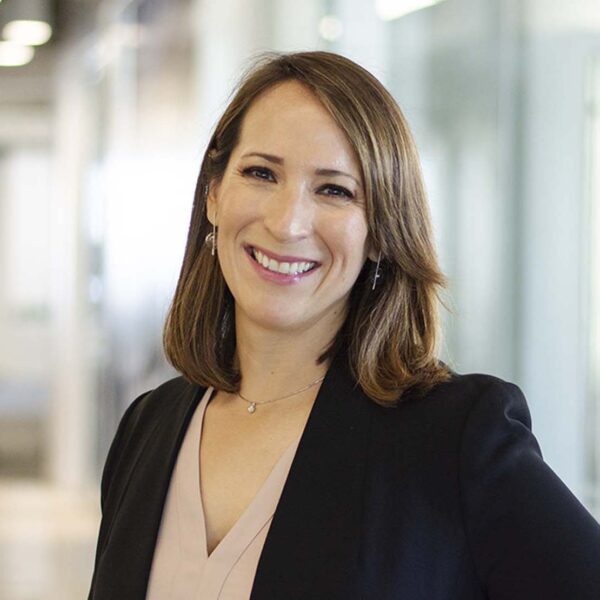
Yanel de Angel FAIA
Principal, Managing Director, Perkins&Will Boston Studio
In one word, how would you
describe your professional journey so far?
Effortful.
Which upcoming or
in-progress project are you currently most excited about?
We are shaping the future and it’s
an exciting time to be designing, particularly because projects are about
the convergence of various programs.
What are you inspired by?
Resilience, determination, authenticity, community cohesion and a carbon-free
future.
If you could implement one
change throughout the architectural profession, what would it be?
Equity and
access for those traditionally underrepresented.
What’s the best piece of
advice you’ve ever received?
Focus on doing great projects, building
relationships and enjoying the work - the rest will come.
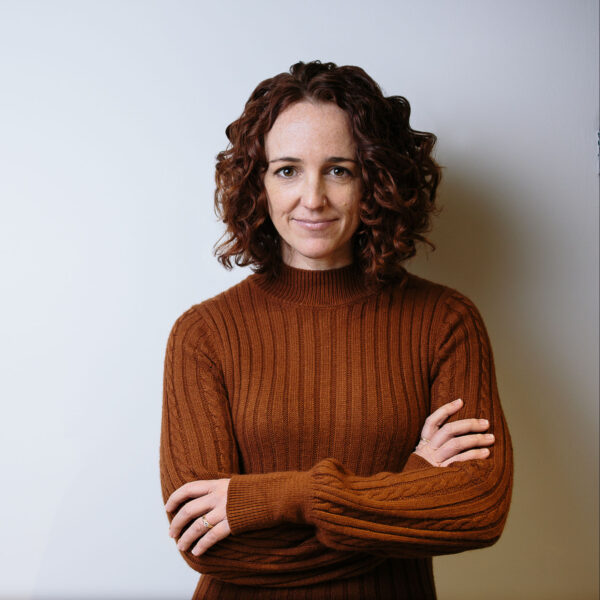
Kelly Haigh AIA
Partner, President, designLAB architects
In one word, how would you describe your professional journey so far?
Personal.
Which upcoming or in-progress project are you currently most excited about?
The Curley Center: it is history, complexity, resilience, and community, all in one, and just steps from my home.
What are you inspired by?
Curiosity and optimism, particularly in design.
If you could implement one change throughout the architectural profession, what would it be?
I would outlaw ego and mandate social justice betterment.
What’s the best piece of advice you’ve ever received?
Rebecca Berry once told me that I can remain at my firm without worrying about complacency if 1. I was still being valued for my contributions, and 2. I was still learning. It is the single piece of advice that encouraged me to double-down on my commitment to my firm, which has proven to be deeply fulfilling.
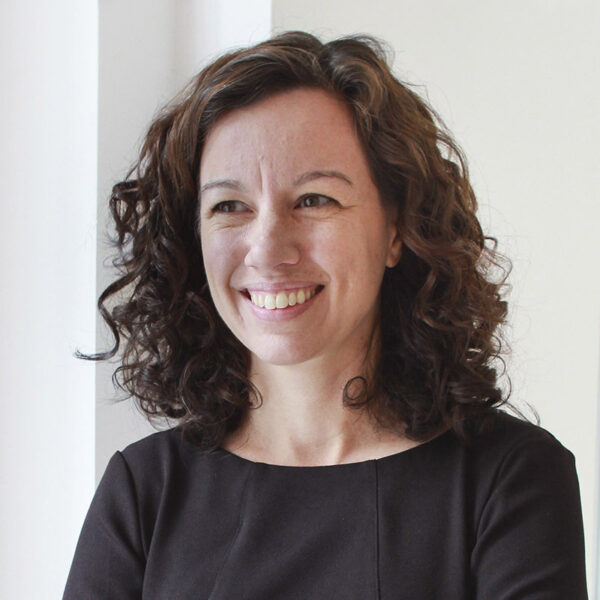
Amy Korté AIA
President, Arrowstreet
In one word, how would you describe your professional journey so far?
Rollercoaster!
Which upcoming or in-progress project are you currently most excited about?
Seaport Circle: one of our life science projects that seeks to increase diversity, equity and inclusion within the science/tech industries through the design and programming of the buildings.
What are you inspired by?
My co-workers.
If you could implement one change throughout the architectural profession, what would it be?
I would love to see all architects take on, as more of an integral part of their scope, the challenge of designing for the social impact of their projects within communities. This initiative should be as integrated into the design process as building performance is today.
What’s the best piece of advice you’ve ever received?
Never stop learning.
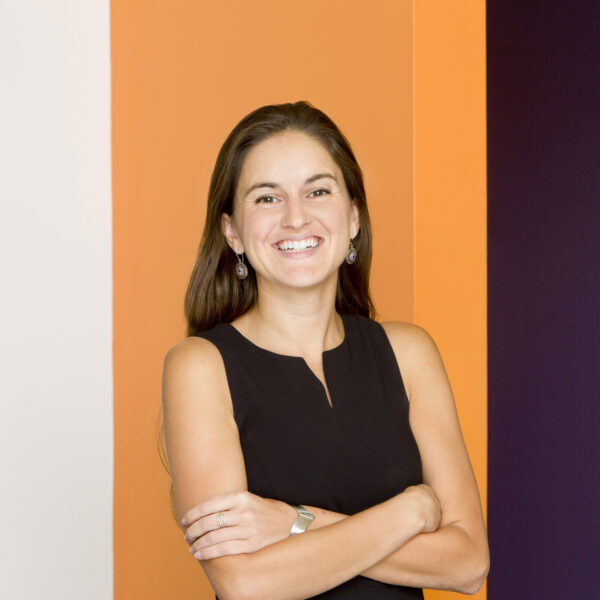
Christine Wilson
Principal, Copley Wolff Design Group
In one word, how would you describe your professional journey so far?
Auspicious.
Which upcoming or in-progress project are you currently most excited about?
It is hard to pick just one! I am equally excited about the life science projects and the public housing redevelopments I am currently working on in Boston.
What are you inspired by?
Students and emerging professionals who eagerly approach the profession with high aspirations and fresh ideas.
If you could implement one change throughout the architectural profession, what would it be?
More female leaders.
What’s the best piece of advice you’ve ever received?
Lead by example.
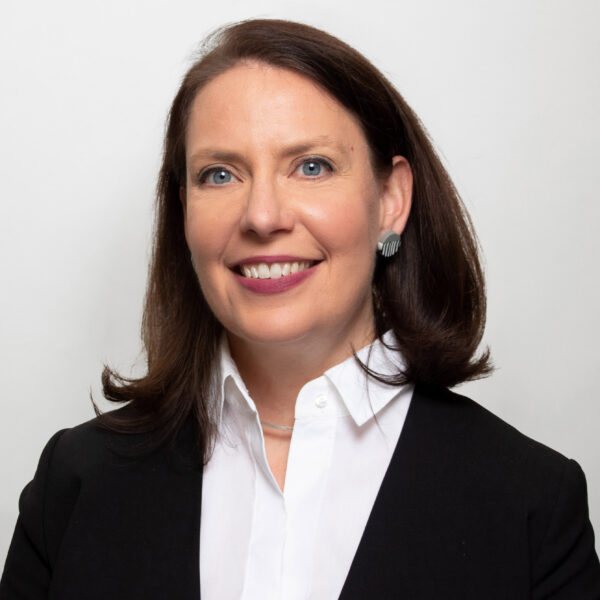
Rachel J Zsembery AIA
President, Bergmeyer
In one word, how would you describe your professional journey so far?
Resourceful.
Which upcoming or in-progress project are you currently most excited about?
Bergmeyer’s continued evolution as a Design Collaborative and empowering our team, clients, and partners to fulfill their highest potential.
What are you inspired by?
Adventure–seeking remarkable, unexpectedly delightful, and utterly unique experiences at the largest and smallest scales.
If you could implement one change throughout the architectural profession, what would it be?
Broaden the creative process and design thinking through creating truly interdisciplinary teams, in turn diversifying pathways for success in the profession.
What’s the best piece of advice you’ve ever received?
Be comfortable with being uncomfortable-by viewing challenges as opportunities to say yes, you give yourself an opportunity to grow. Also, smash the patriarchy.
